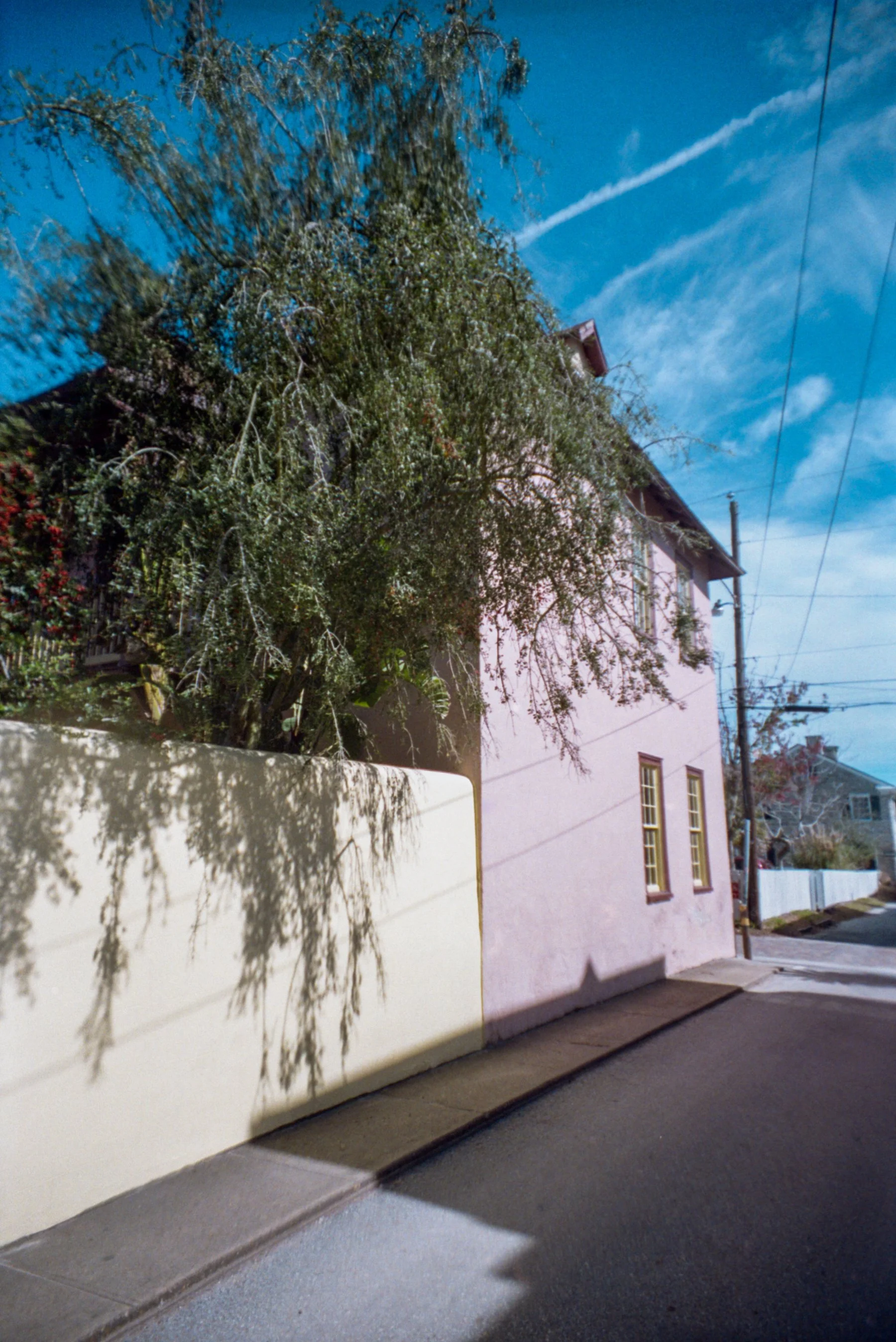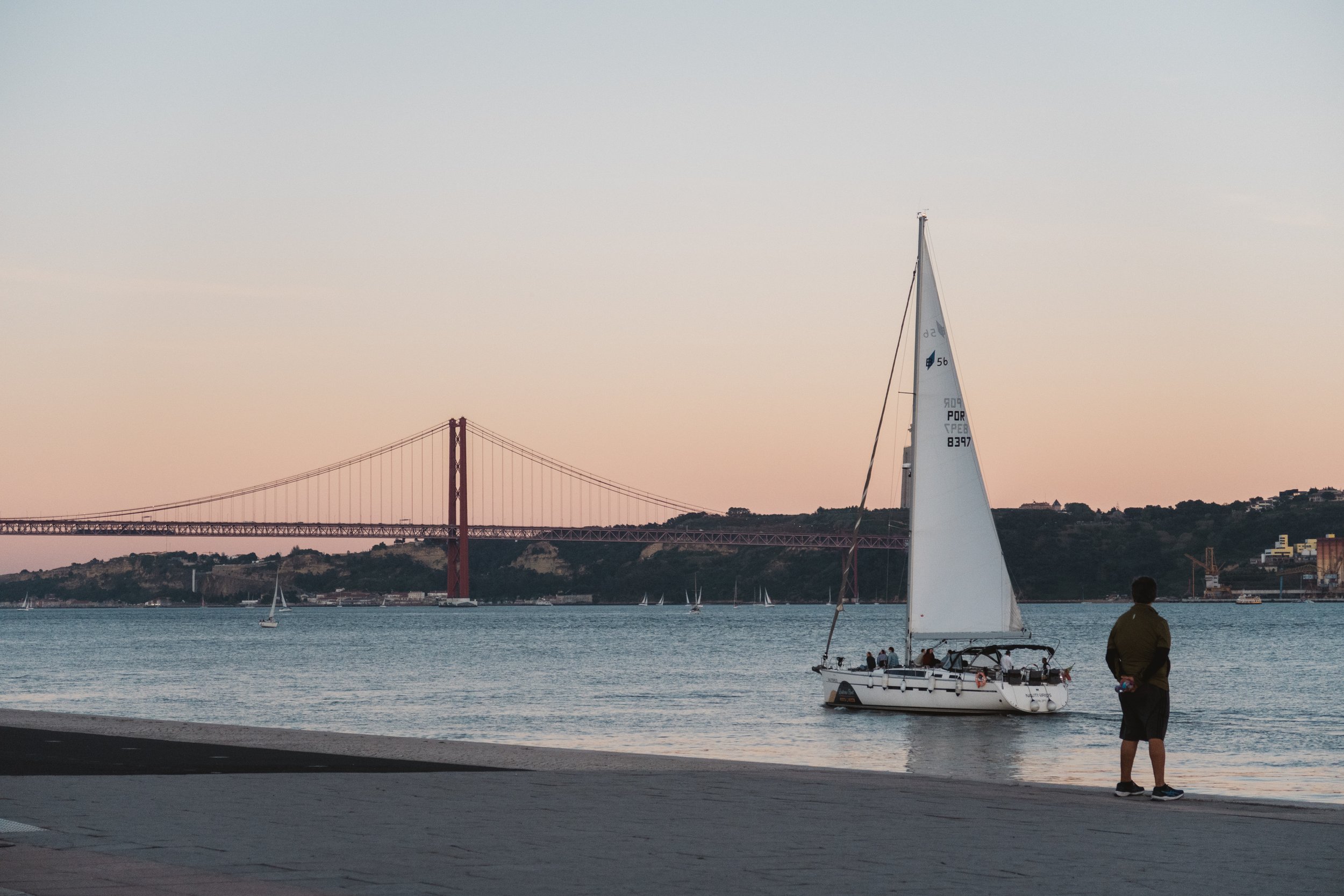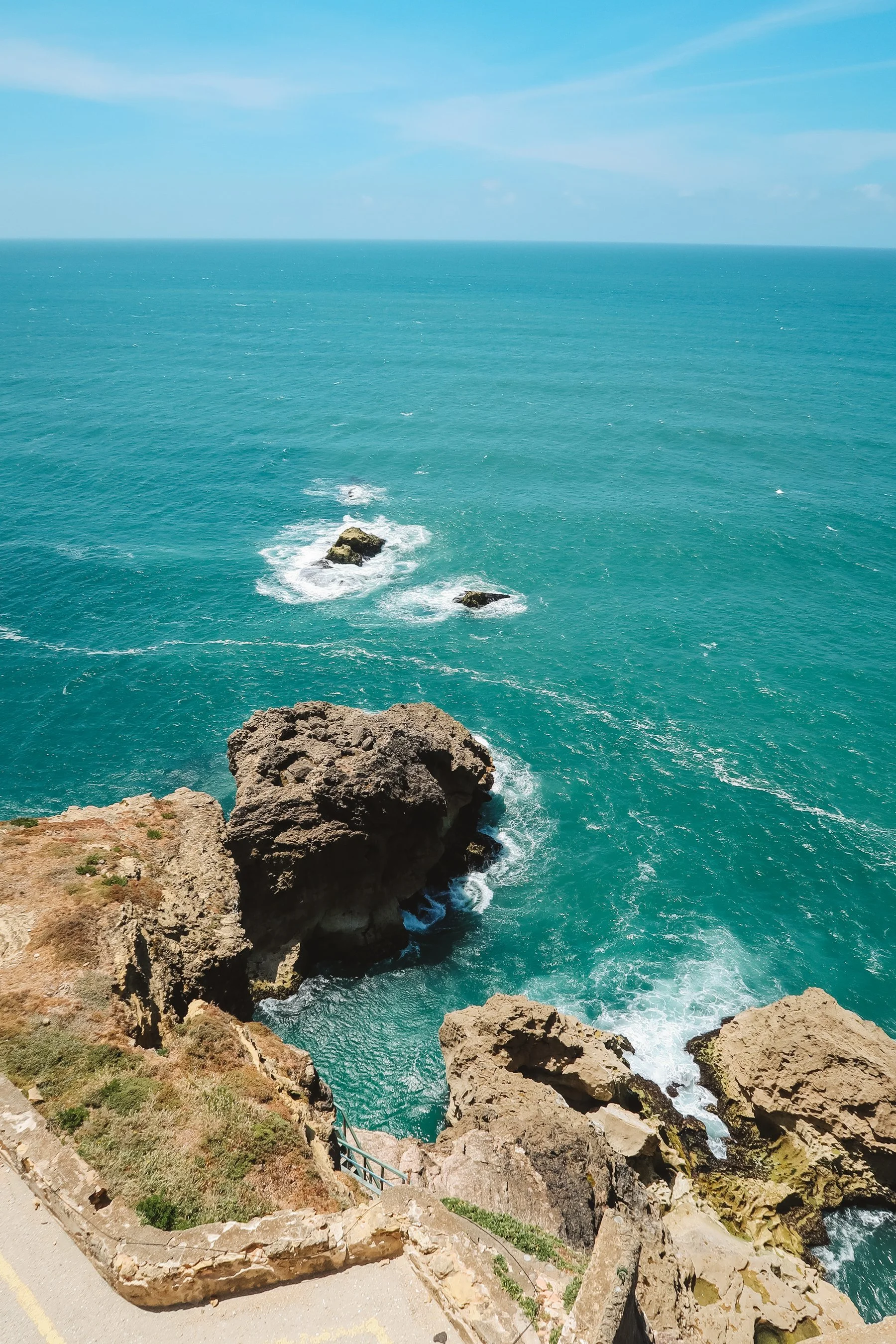(By using the links and/or codes below it supports Myles Katherine Photography. We may get a small kick back by you doing so.)
Kodak Gold 200 has been growing on me. I used to prefer more cool-toned film, but lately I’ve been craving warmth, sunshine and summertime. I always make sure to take Kodak Gold 200 with me now on any beach/island vacation. It just has that magical sunshine glow that makes everything look like golden hour. It’s also super duper affordable! Lately, it’s actually one of the cheapest films you can buy! It’s kind of amazing because I find it to be super sharp and reliable too. Any time that a friend or family member asks me what film stock I recommend, I always include Kodak Gold in my list. It’s a great film for beginners too because it’s surprisingly forgiving and automatically creates that warm Hollywood vibe to give photos a cinematic feel.
I wanted to share a few samples photos so you can get an idea of what to expect with this film. For these photos, I used a LomoApparat 35 mm film camera and I find it to be the perfect combination. The LomoApparat is a ridiculously fun camera by Lomography that has tons of filters and options for making your photos creative and unique. It’s not the sharpest camera in the land though, so combining it with a faster film like Kodak Gold 200 gives your photos a bit more clarity. I have a YouTube video about the LomoApparat here! Also, keep in mind that your film lab can have a huge impact on how your final results turn out. Oftentimes, you can work with your lab to make sure you get scans that you love. You can tell them whether you want more warmth or less warmth. How you want the blues to look. Whether you want the shadows lifted. I scan all of my own film with an Epson V750 so I have a lot of control over my images. I typically try to do a pretty straight scan first though, and then I’ll adjust color tones in post-processing. I find that this gives me the most control. Plus, I know I’ve saved thousands of dollars in the long run by scanning my own film. I just ask my lab to “process only” and they mail me the negatives. I cut them and scan them myself, then store them away in film storage binders labeled by year. I definitely have a system down at this point and it gives my OCD brain so much satisfaction.
Luckily, because it’s so affordable, it’s not a huge risk to just try it out! You can pick up Kodak Gold in 35 mm or 120 formats. You can also check out my blog posts about my Top 5 Favorite 35 mm Color Films or 5 Unique Films to Try to Make Your Photos More Interesting if you’re looking for other fun film options to try out. :) Or you can stop by my Amazon storefront for more camera/film recommendations. :)
Thanks so much for stopping by! Feel free to leave any questions/comments below!
<3 Myles Katherine
WHERE TO BUY
Kodak Gold 200 35mm Film
Kodak Gold 200 120 Film
(click images to enlarge)











































































































































